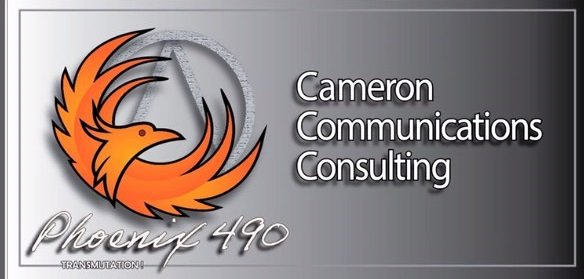Like recovery from diseases of perception requires the honesty to admit a condition exists, the Restoration of Justice must recognize that justice needs repair. But where does one start restoring justice? Start anywhere, but just start. Is justice ‘broken’?
In the Justice System, we usually have the elements of the victim/offender adversarial dynamics with which to contend, but we need to break this down into manageable chunks for the productive exchange of ideas.
Liker racism, the construction of victimhood involves instruments of inclusion and exclusion, creating “us/them” dichotomies. Communes of victimhood and vicarious victimhood gangs with retaliation or prerequisites for revenge at their center are embedded and endlessly strengthened until they deconstruct their freedom for self-governing.
Fudging of free agency and reality are not unique to group identities, but inherently reinforces groups' tendencies of self-sustaining myth-making and irresponsibility.
Among victimhood’s more harmful effects, vicarious victimhood obscures the realities of power and forecloses meaningful culpability to those outside the group. It is arguable that every perpetrator started out as a victim, which sets in place trains of misfortune, vicious cycles, whereby the group ensconces stubborn incentives to harm others in the name of self-protection—and thereby kills itself by staying stuck in unforgiveness.
Self-injurious systems only strengthen the group's self-anointed status as a victim: as always done by, but never doing to. “I’m the victim here” is the war-cry of every person or patriot hell-bent on destroying the free agency of “them.” How does take one’s power back? Maybe Restorative Justice can help.
Restorative Justice identifies the marginality of injustice, strips the paradox of power down to its core components to avoid the victimhood/offender narrative, and replaces it with a mediated Healing Circle of material respect between victims and offenders. Everyone gets to be real, but no one gets to be mean. Truth without compassion is cruelty. Victims expound upon the effects of any given offense, as do the perpetrators. But victims and offenders have names, not labels, and dialogs move along lines without blamethrowers. Say what you mean, mean what you say, but don’t say it mean. Vulnerability and strength are in requisite balance, and accountability is a mutually determined in a Healing Circle. After everyone talks about how the offense impacted their lives and what lead up to it, both sides agree upon a proposed ‘sentence.'
Then, a judge renders the judgment based upon the work done in a Healing Circle, ‘justice served.'

